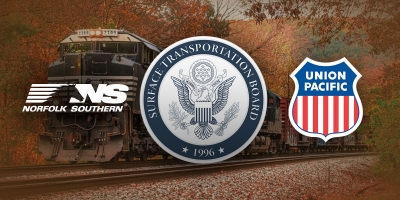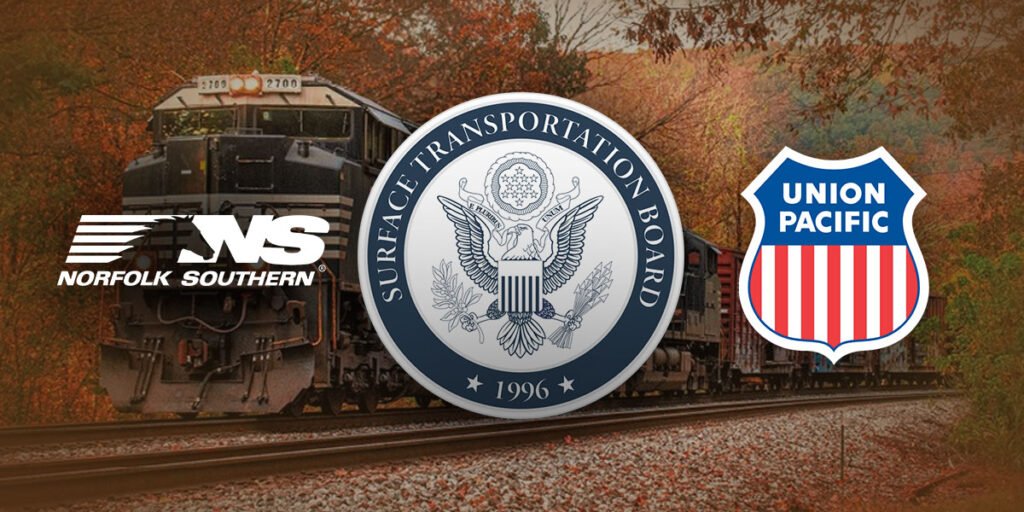
Some people might argue that a government shutdown will hinder the Surface Transportation Board’s (STB) ability to fully assess the competitive aspects of the proposed Union Pacific and Norfolk Southern merger.
But, honestly, it seems irrelevant now; the STB was kind of sidelined the moment former President Trump dismissed members he thought were against the merger.
And to send a clearer message, Trump later had a meeting with the Union Pacific Railroad president, who, by the way, is friends with his new CEO, and really praised him during that meeting.
The STB members who are still around likely understand what’s expected of them and know they have to reach a predetermined conclusion.
My father-in-law spent over 40 years as a conductor for a freight railroad. From chatting with him before he retired, I learned that the unchecked power of railroads played a significant role in the establishment of American antitrust laws.
These laws were meant to shield farmers, shippers, and consumers from the caprices of railroad tycoons who controlled prices and routes. Yet, even after more than a century of legal groundwork, we seem to be heading back to a time when a handful of executives decided who had access to vital transport routes.
In the next year and a half, the STB will be tasked with analyzing how forming this powerful rail monopoly will purportedly boost competition and lower prices for shippers.
They’ll be holding countless hours of public hearings, reviewing tens of thousands of pages of documents from interested parties, and spending millions on economic consultants, all while crafting lengthy reports to justify decisions that seem already made.
The only real mystery at this point is where the president will mark the occasion of the new transcontinental railroad.
Interestingly, the original Golden Spike ceremony in 1869, which celebrated the completion of the first transcontinental railroad, didn’t go as planned. Central Pacific Railroad President Leland Stanford and Union Pacific Vice President Thomas Durant ended up using silver-plated mallets to gently tap in the final spikes to avoid damaging them.
Those spikes were then removed, and both executives used iron spikes so that the sound of the final blow could be transmitted over the telegraph for everyone to hear.
Stanford’s swing was a bit off, hitting everything but the actual spike, while Durant simply couldn’t connect. Ultimately, it took a regular railroad worker to come in and drive the final spike, with a Western Union telegrapher sending the message ‘Done.’
Future Golden Spike events might go smoother, but the meaning will still be significant. While many tend to talk about improved service and reduced prices, this Golden Spike symbolizes not a beginning, like in 1869, but perhaps the end of real competition.
This time, instead of a triumphant ‘DONE’ message, the shippers will likely hear a stark ‘YOUR MOVE.’ And it won’t feel like a celebration, but more like a sign that the power dynamics have shifted decisively.
Once the officials leave, those in the industry will be left to ensure that they receive the promised better service and lower prices from a railroad holding unprecedented market power.
Donna Skipper is the chairwoman of the East Alabama Republican Party.







